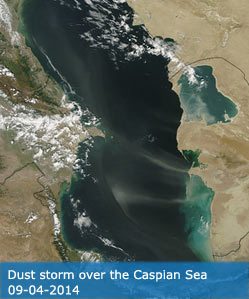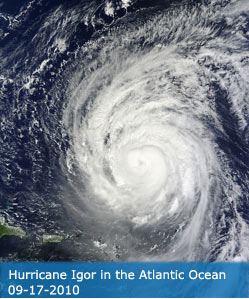Science Team
Publications
De Canni?re, S; Baur, MJ; Chaparro, D; Jagdhuber, T; Jonard, F (2024). Water availability and atmospheric dryness controls on spaceborne sun-induced chlorophyll fluorescence yield. REMOTE SENSING OF ENVIRONMENT, 301, 113922.
Abstract
Climate change is amplifying the duration, frequency, and intensity of droughts, harming global ecosystems. During droughts, plants can close their stomata to save water, at the expense of a reduced carboxylation rate. When in a carboxylation-limited regime, plants benefit from an increase in water availability, as it increases their photosynthetic rate. The sun-induced chlorophyll fluorescence (SIF) signal, measurable from satellites, is mechanistically linked to this rate. Like canopy photosynthesis, SIF carries an imprint from the available irradiation (PAR) as well as the canopy structure and the efficiency of the photosynthesis at the photosystem level. Normalizing the global TROPOMI SIF observations with TROPOMI reflectance and MODIS Normalised Difference Vegetation Index (NDVI) data, we extracted the fluorescence quantum yield (phi(F)), which lab-scale experiments have found to be linked to the photosynthetic electron transport. Plant physiologists have long proved the photosynthetic electron transport to be sensitive to plant water status. Here, the plant water status is controlled by the soil moisture (SM) and the vapour pressure deficit (VPD). Combining data from the TROPOMI, AIRS and SMAP satellite sensors, this study describes how SM and VPD control the phi(F) at the global scale. We identify a VPD range (VPD<1.5 kPa) in which the phi(F) is mainly controlled by VPD, and another (VPD>1.5 kPa) in which the phi(F) is co-regulated by SM and VPD. The precise values of this range, as well as the magnitude of phi(F) values, are modulated by the plant isohydricity. To gain a deeper understanding of the link between phi(F) and photosynthetic efficiency at large scale, we used the link between phi(F) and data on the canopy conductance (Gs), which were calculated using remote sensing data-driven models. A comparison found that the phi(F)-Gs relationship at large scale is in line with the phi(F)-Gs relationship described in plant-level studies.
DOI:
10.1016/j.rse.2023.113922
ISSN:
0034-4257




